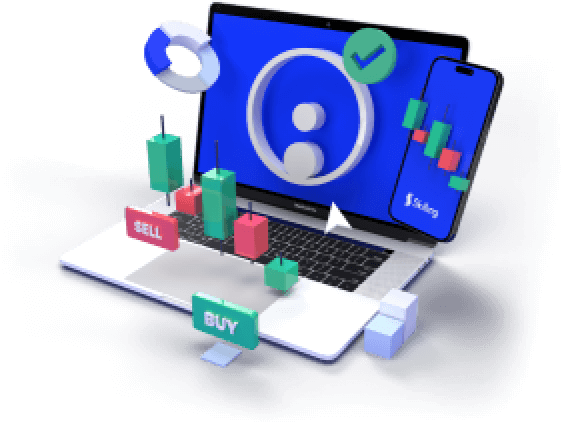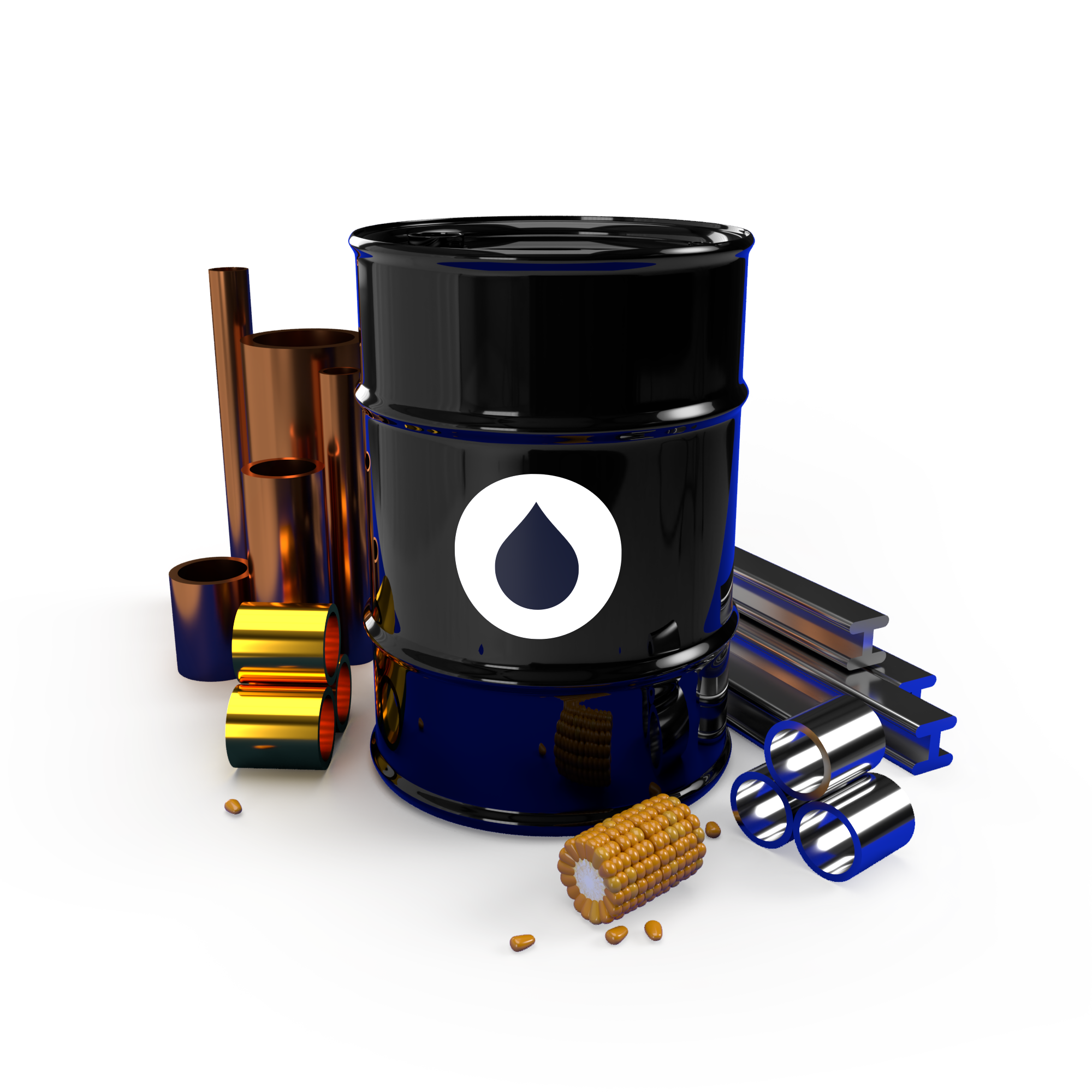Silver (XAGUSD) occupies a unique position in the financial markets, serving as both a precious metal and a vital industrial commodity. This dual identity makes its price highly sensitive to a broad range of market drivers, from global economic health to technological innovation and investor sentiment. For CFD traders, this combination creates a dynamic and volatile market with a continuous flow of trading opportunities. Over the past decade, the price of silver has experienced dramatic shifts, driven by a global supply deficit, the rise of green technologies, and major economic and geopolitical events. This article provides a historical overview of silver's journey from 2015 to 2025, analysing the key forces that have shaped its price and its behaviour as a trading instrument.

Thematic Analysis of the Past Decade
2015–2019: A Period of Industrial and Monetary Transition
The mid-2010s saw silver prices largely constrained, trading in a range from the mid-$10s to the low $20s per ounce. This period was characterised by subdued inflation and a stable global economic environment, which limited demand for silver as a safe-haven asset. Simultaneously, its industrial demand was in flux, with a decline in traditional uses like photography being offset by slow, steady growth in electronics and solar power. As a result, silver was often seen as underperforming compared to its counterpart, gold. For CFD traders, this phase required careful observation of the gold-silver ratio, which expanded significantly. It was a market driven by technical levels and short-term movements, with no strong, sustained directional trend.
2020–2021: The Pandemic Shock and Volatile Recovery
The COVID-19 pandemic created one of the most volatile periods for the silver market. In early 2020, as global markets entered a risk-off panic, silver experienced a sharp sell-off due to a halt in industrial demand. However, the recovery was equally dramatic. Massive fiscal and monetary stimulus packages, coupled with a surge in safe-haven buying, propelled silver to multi-year highs. The price saw a remarkable rally, outperforming gold. This was a classic demonstration of silver's dual nature: its initial industrial-driven sell-off was quickly overshadowed by its appeal as a hedge against inflation and economic uncertainty. The "Silver Squeeze" on social media in early 2021 also added a layer of speculation, contributing to heightened volatility and liquidity for CFD traders.
2022–2023: Geopolitical Turmoil and the Supply-Demand Gap
In 2022, the price of silver was influenced by the geopolitical shocks from the conflict in Eastern Europe and a global energy crisis. While industrial demand remained resilient, the metal faced headwinds from rising interest rates and a strengthening U.S. dollar, which increased the cost of holding non-yielding assets. Despite these pressures, silver’s price showed resilience due to a widening supply deficit. Mine production has struggled to keep up with demand, creating a structural imbalance that provided a strong floor for prices. By 2023, this supply-demand gap became a primary market driver, leading to a notable price recovery. For CFD traders, this was a complex environment that required balancing both macroeconomic pressures and fundamental supply-side data.
2024–2025: The Rise of Industrial Demand and Clean Energy
The latter part of the decade has been defined by the accelerating "green revolution." Silver's role in solar panels, electric vehicles, and 5G technology has solidified its position as a critical industrial metal. Demand from these sectors has grown exponentially, putting immense pressure on an already constrained supply. Analysts have noted that silver has been in a consistent market deficit for several years, with projections for this trend to continue. This has created a powerful long-term tailwind for silver prices, pushing them to new highs. For CFD traders, this shift often presents a clear directional bias, with potential opportunities to trade on dips and capitalise on the metal’s industrial-driven upward momentum.
Insights into CFD Trading on Silver
- Inter-market Analysis: Silver's price is often influenced by movements in other markets. Traders can analyse its price relative to gold (the gold-silver ratio), the U.S. dollar (XAGUSD), and industrial metals like copper to gain a more complete view of market sentiment.
- Event-Driven Trading: Silver is highly sensitive to news from major central banks, particularly related to interest rates and inflation data. Traders can use CFDs to react swiftly to these announcements, as they often cause sharp price swings.
- Trend Following : During periods of strong directional movement, such as the post-pandemic rally or the recent industrial-driven uptrend, trend-following strategies can be effective. CFDs allow leveraged exposure to these moves, but disciplined risk management is essential.
- Fundamental Analysis : Traders can gain an edge by monitoring key fundamental data, such as global silver supply reports, industrial demand forecasts (especially from the solar and electronics sectors), and overall economic health indicators.
Tools and Platform
Skilling provides access to silver (XAGUSD) as a CFD, alongside over 1,200 other instruments. The platform offers real-time pricing and advanced charting tools that enable traders to analyse market movements and identify potential trading opportunities. Skilling’s features, including various order types and risk management tools, are designed to support traders in a dynamic market environment, allowing them to respond quickly to new information and implement their strategies.
Conclusion
Silver's journey over the past decade reflects its unique dual nature. It has moved from being a precious metal largely overshadowed by gold to a critical industrial commodity and a powerful hedge against inflation. For CFD traders, this has created a market defined by significant volatility and a wide range of trading opportunities. A successful approach requires a solid understanding of both the fundamental drivers of supply and demand and the macroeconomic forces that influence investor sentiment. As the global economy continues to transform, silver remains an important asset to watch and a highly dynamic instrument for traders.
Why miss out on the commodities market's potential?
Discover the untapped opportunities in top traded commodities CFDs like gold, silver & oil.
71% of retail CFD accounts lose money.

FAQs
1. What factors drive the price of silver?
Silver's price is driven by its dual nature as both an investment and an industrial metal. Key drivers include investor demand for safe-haven assets, inflation expectations, and industrial demand from sectors like solar power and electronics.
2. How has silver's price performed over the past decade?
After a period of consolidation from 2015 to 2019, silver experienced a major rally in 2020 to 2021 and has since been supported by a structural supply deficit and growing industrial demand.
3. Is silver more volatile than gold?
Yes, silver is typically more volatile than gold due to its smaller market size and its higher reliance on industrial demand, which can fluctuate with the global economy.
4. Can I short silver using CFDs?
Yes. CFDs allow traders to speculate on both upward and downward price movements, making it possible to short silver (XAGUSD) when expecting a price decline.
5. Why trade silver on Skilling?
Skilling offers access to silver (XAGUSD) as a CFD with competitive spreads, real-time data, and a platform equipped with charting and risk management tools to support dynamic trading strategies.











